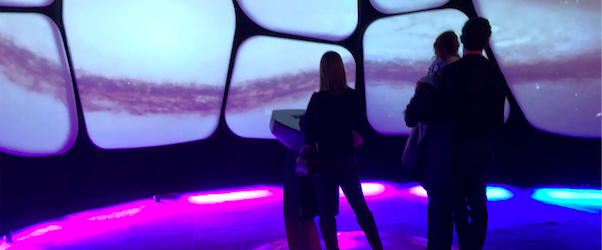Spoiler alert: We have work to do.
It probably won’t surprise you: On the whole, museums and performing arts organizations do not always succeed in engaging audiences that are racially representative of the population of the United States. There’s a lot of data to share over time to aid in these efforts, and we’ll be collecting and analyzing this data to aid not only cultural organizations but also friends and partners who specialize in the important work of diversity, equity, and inclusion. The good news is that – with prioritization and diligence – there is a data-informed path to...Sign in to KYOB+
Not a member yet?
Never miss the latest read on industry data and analysis.








